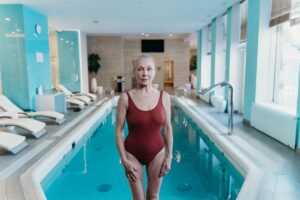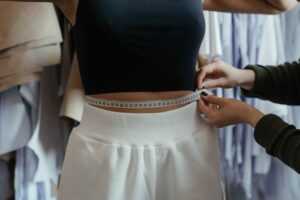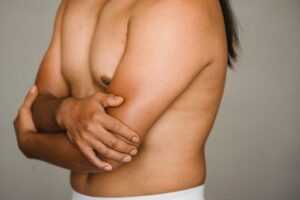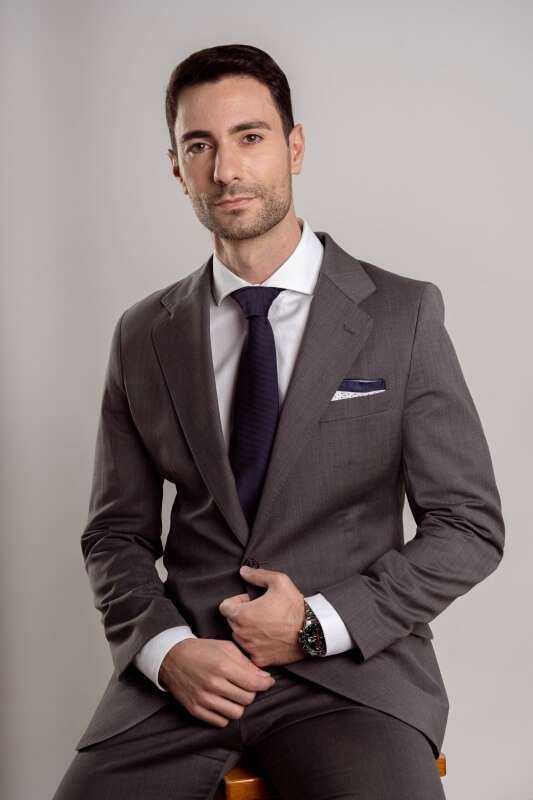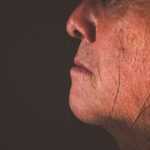Published by Dr MIguel Fernadez Calderón: 01/21/2025
The face is our letter of introduction to the world and its care has become a ritual for many women. From the use of creams to aesthetic procedures and surgeries, the options to have a beautiful and rejuvenated complexion are many. If you have been looking for ways to improve the appearance of your face, in this article we will give you reasons to choose the facial photorejuvenation as an effective alternative.
What is facial photorejuvenation?
Facial photorejuvenation is a non-invasive cosmetic treatment that, with the use of a laser, photodynamic therapy or intense pulsed light (IPL), improves the appearance of the skin. It helps to reduce the appearance of reddened skin, blemishes or sun damage, giving the face a more radiant and rejuvenated complexion.
Benefits of facial photorejuvenation
Reduction of spots and pigmentation
During a facial photorejuvenation, the effect of pulsed light destroys damaged cells and reduces hyperpigmentation that causes blemishes, either from exposure to sunlight or from aging.
Improved skin texture and tone
Among the benefits that stand out the most is that a facial photorejuvenation can make the skin look rejuvenated, even and radiant.
Stimulation of collagen production
Because the light or laser penetrates to the deeper layers of the skin, it increases the production of collagen and elastin in the face.
Treatment of wrinkles and expression lines
Stimulating collagen production in the facial area is an effective way to fill wrinkles and diminish the appearance of fine lines.
Facial photorejuvenation procedure
Technologies used: IPL and laser
Unlike neuromodulator injections, both laser and intense pulsed light (IPL) can be used in a facial photorejuvenation to rejuvenate the skin.
Steps during a typical session
The first step for a facial photorejuvenation treatment is facial cleansing. Then a cold conductive gel is applied, which allows the light to penetrate to the deepest layers of the skin and goggles are put on to protect the eyes.
With the use of a hand-held device, brief pulses of intense light are applied, which may be felt as small pinpricks or produce a sensation of heat. Finally, the lubricant is removed.
Recommended duration and number of sessions
A facial photorejuvenation session can last between 15 and 40 minutes. The time will depend on the patient and the condition of the skin.
The type of skin and the objective of the treatment will determine the number of sessions needed. Favorable results may be obtained with a single session, but some patients may require three to six sessions to achieve optimal results.
Please note that you should wait three to six weeks between each session.
Ideal candidates for facial photorejuvenation
Suitable skin types
The most suitable skin type for best results with facial photorejuvenation is lighter complexion. Patients with these characteristics allow the light from the handheld device to penetrate the facial skin more easily without causing pigmentation.
People with very dark skin are more susceptible to changes in skin pigmentation after treatment.
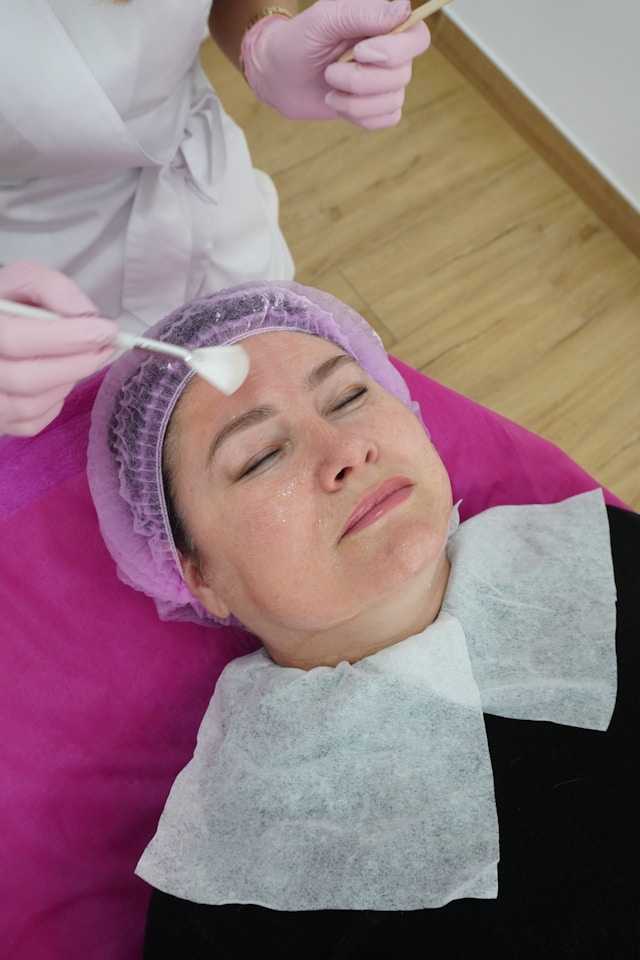
Treatable skin conditions
The skin problems that a photorejuvenation can treat are:
- Acne.
- Skin markings present from birth.
- Brown spots or liver spots.
- Dark colored spots caused by hormonal changes.
- Vascular disorders, such as rosacea and erythrosis.
- Sunspots.
- Discolored skin.
- Hyperpigmentation .
- Freckles.
- Melasma.
- Scars.
- Spider veins.
Contraindications and precautions
Although it is a safe and effective treatment, before undergoing the procedure it is important to be aware of the contraindications and what precautions you should take.
- Pregnant or breastfeeding women should avoid medical or cosmetic treatments involving the use of radiation.
- Patients diagnosed with skin cancer or who have precancerous lesions should not undergo facial photorejuvenation.
- Those who have active infections in any part of the body.
- People with immune system diseases such as lupus or vitiligo.
- People taking photosensitizing medications, such as antibiotics or anti-inflammatory drugs, as they cause the skin to become more sensitive.
- If you have recently sunbathed or tanned in tanning beds. For the procedure to be safe and the results to be as expected, sun exposure should be discontinued three to four weeks prior to the session.
- People susceptible to the formation of raised scars or keloids.
Results and maintenance
Post-treatment expectations
The patient who undergoes facial photorejuvenation seeks to improve the appearance of facial skin. They hope to have a more even skin tone and look radiant and rejuvenated. In addition, for those who have wrinkles or marked expression lines, with this treatment they hope to attenuate their appearance and improve the texture of the skin.
In addition, a more elastic and firmer skin can be achieved by stimulating collagen production.
Necessary aftercare
To maintain the results is important:
- Use sun protection on a daily basis.
- Keep the skin well hydrated.
- Lead a healthy lifestyle.
- Drink plenty of water.
Frequency of maintenance treatments
The result of a facial photorejuvenation is not as definitive as a facelift could be, so maintenance sessions may be necessary in order to prolong the results. The frequency may be once or twice a year, depending on the patient's condition.
Conclusion
There are many reasons to choose facial photorejuvenation, since it is a modern technique that offers numerous benefits for the facial skin, quickly and with little discomfort. We emphasize the importance of going to a trained professional with experience in this type of treatment, to achieve the best results and reduce the risk of complications or skin problems caused by the treatment.

